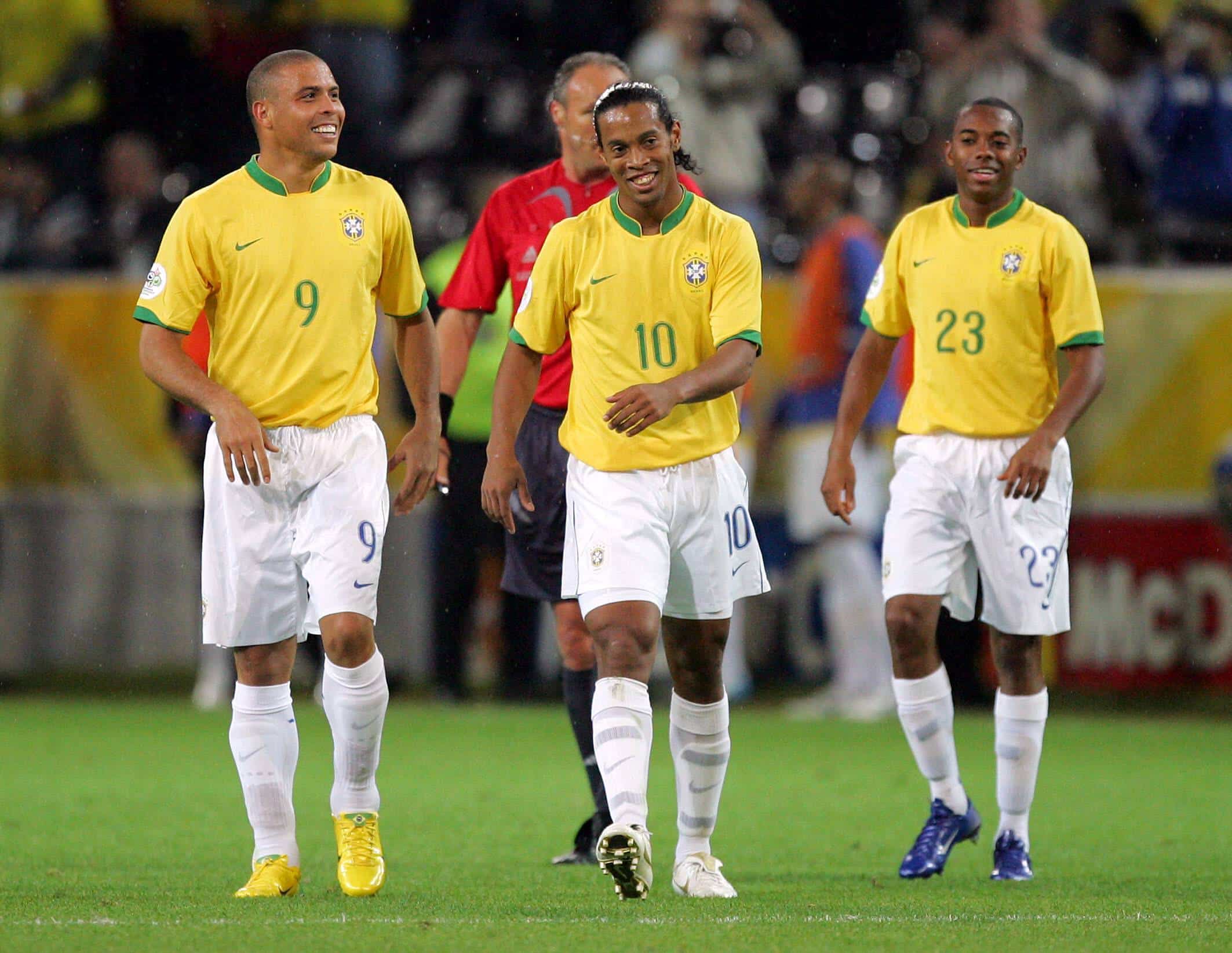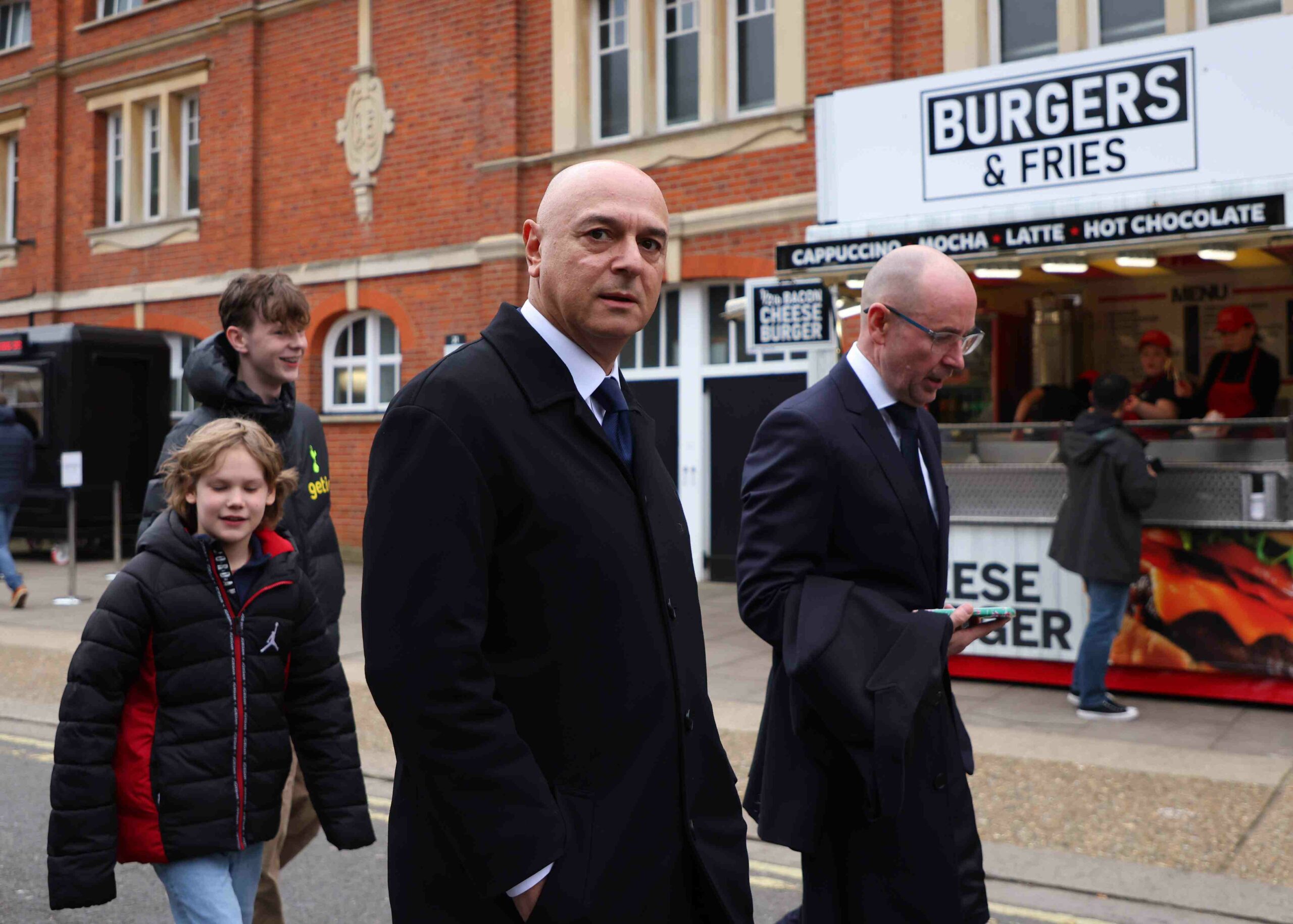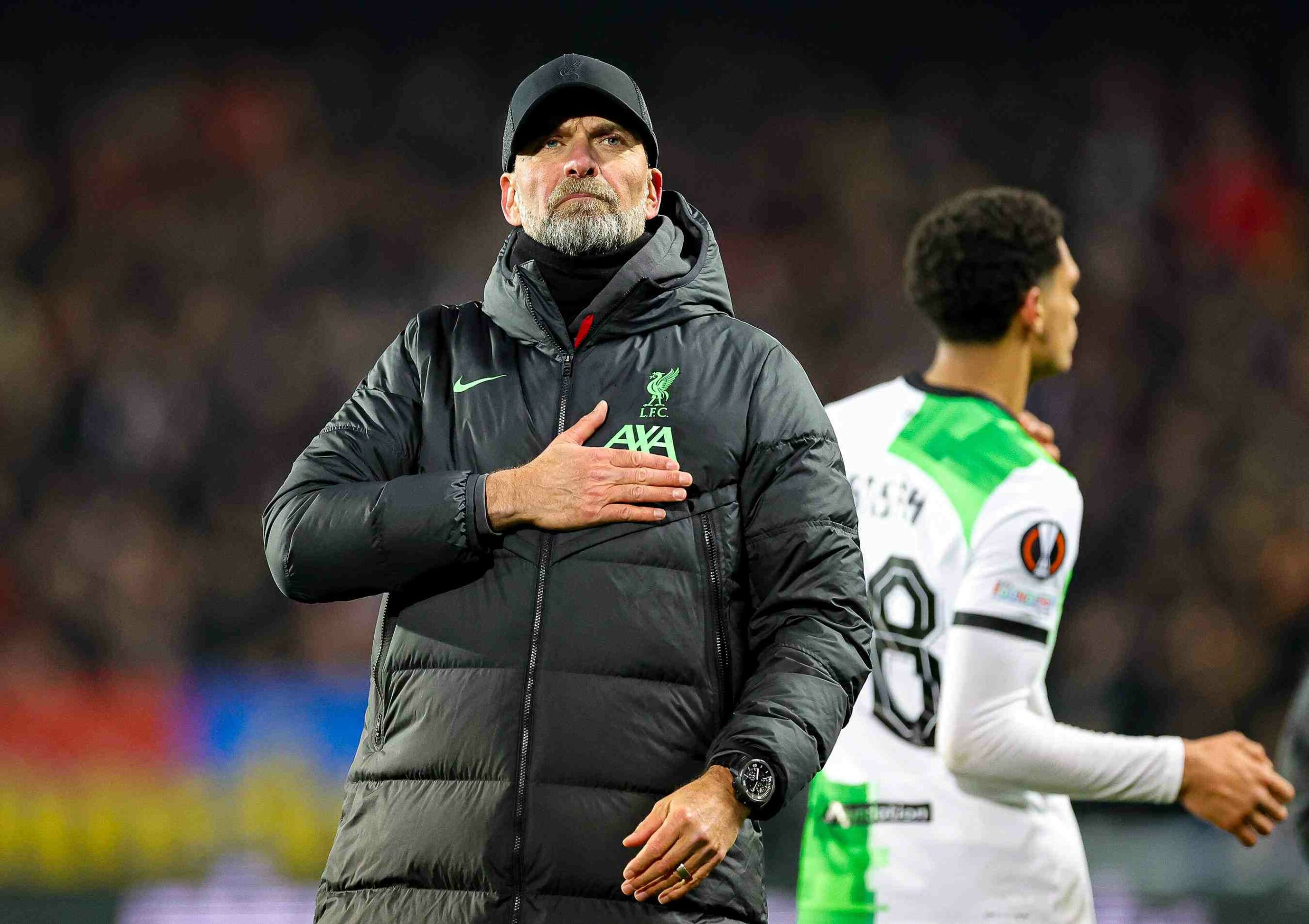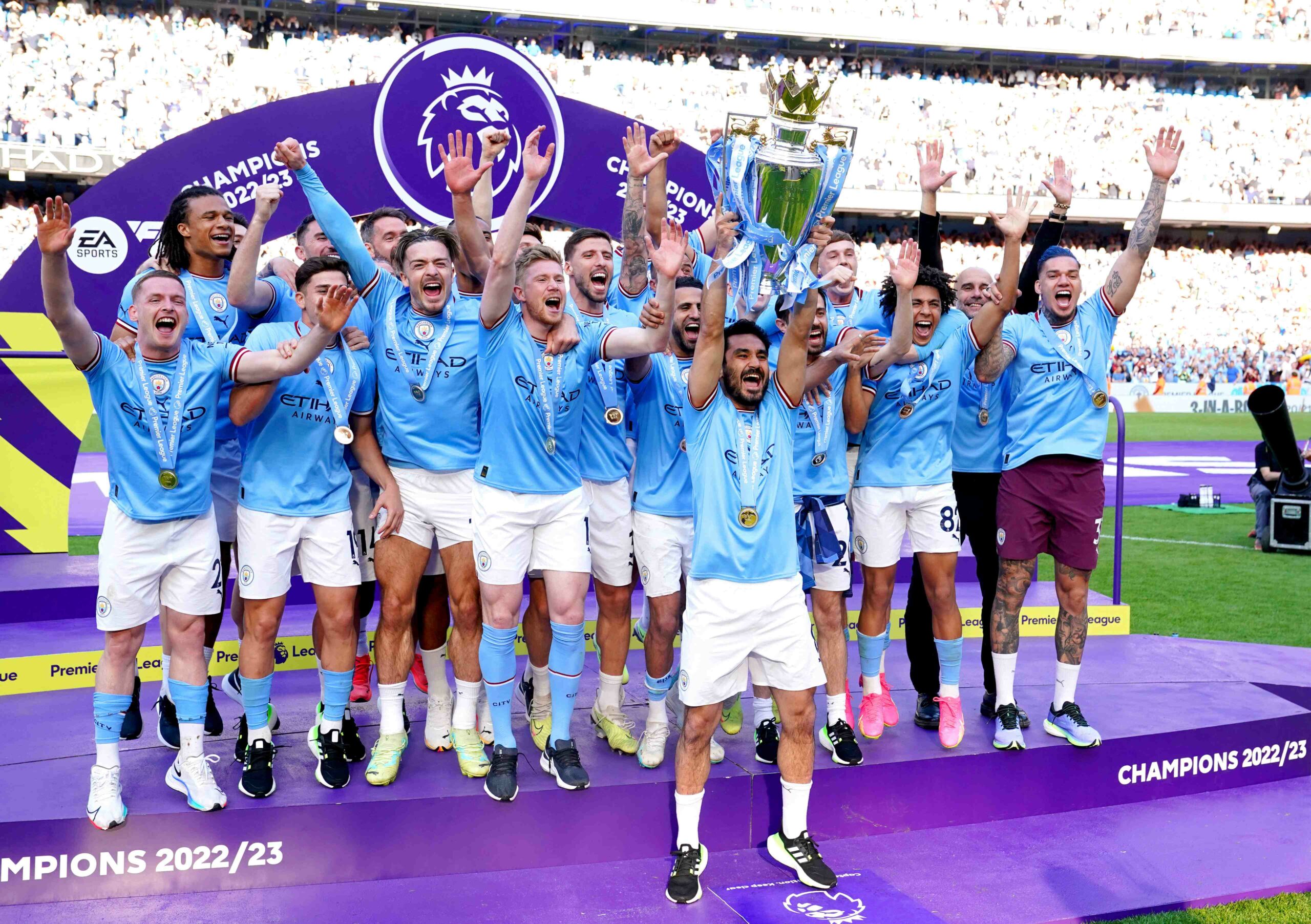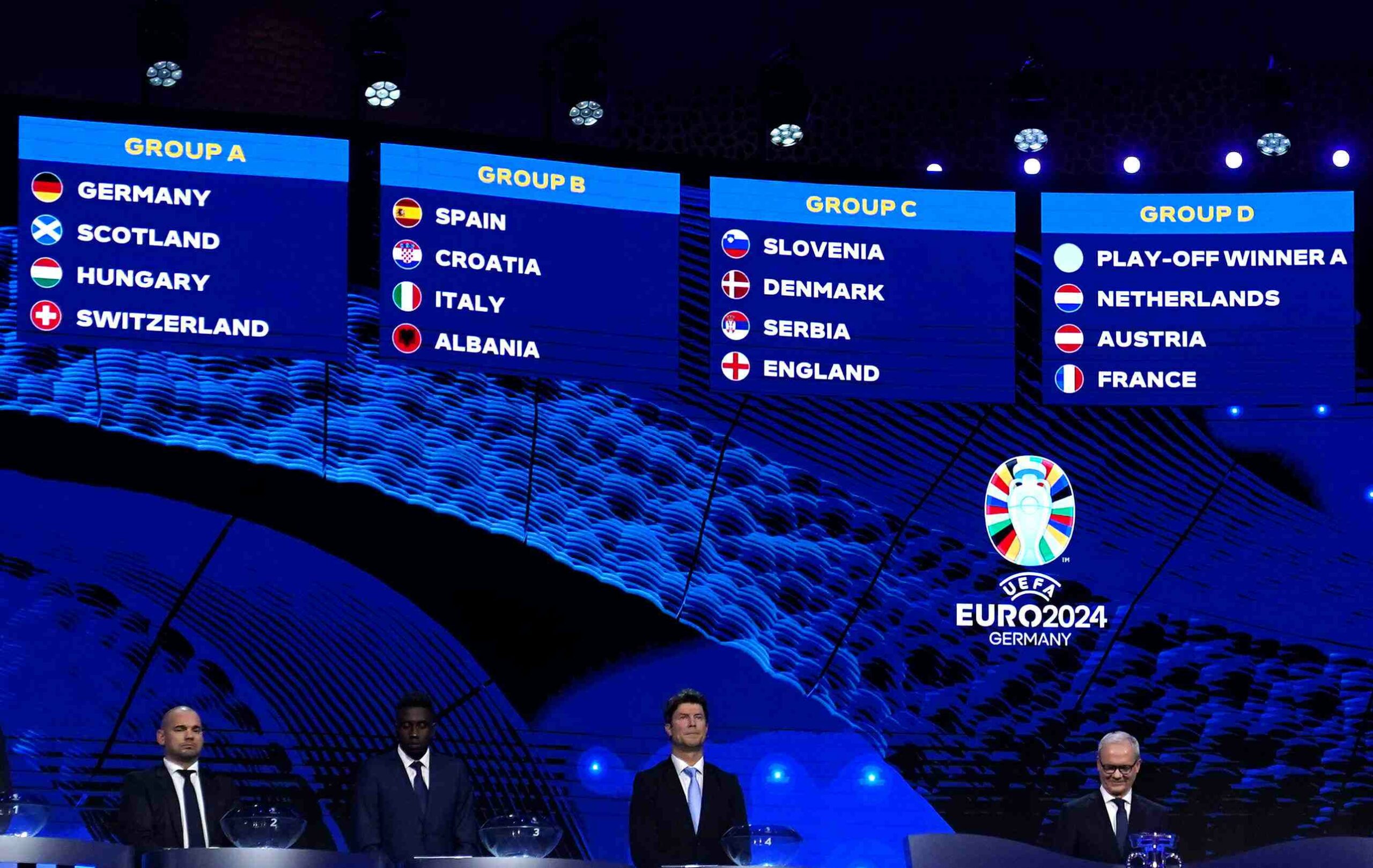No team makes spectators happier than Brazil; the problem is that too many big stars disappear before they reach their peak because of their hedonistic lifestyle, including clubbing, alcohol and parties until dawn. If the Brazilian footballers’ balance between the two worlds is found, we will see much more talents realizing themselves.
Brazil – the country that made all of us fall in love with their beautiful football and the love of the pleasures of life – but could it be that these two characteristics degrade each other?
The same passion for life that produces this beautiful football attracts the star footballers like moths to the spotlight and hedonism, and when it consumes them, the football loses, and we get players with an expiration date that is too short. Ronaldinho, Ronaldo Nazario, Kaka, Adriano and Neymar.
When football fans hear these names, usually the next thing that happens is a wide, joyful smile smeared all over their faces. When you hear these names, you are reminded of a variety of dizzying dribbles, jaw-dropping goals, and most of all – joie de vivre. After all, what is more identified with the Brazilian players than their joy from the game and joie de vivre?
Some say (and probably rightly so) that Brazil produces the most talented players. Something in the combination of the Brazilian lightheaded lifestyle with the need to get out of the cycle of poverty in favelas and football culture creates supreme talents time and time again. Brazil can always be counted on to produce the next big star.
But maybe these stars are a kind of miss? As football fans, we may be too greedy and want more and more of the Brazilian charm, but it’s hard to think of the players mentioned above without feeling the taste of missing out.
What heights would Ronaldo, Kaka and Adriano have reached had it not been for the nagging injuries? Where would Ronaldinho and Neymar go if they spent more time in the gym than at parties and clubs?
While injuries can happen to any player, it is proven that proper physical maintenance, a healthy lifestyle and good eating habits significantly reduce the chances of getting injured and increase the chances of faster recovery – ask Cristiano Ronaldo and Leo Messi.
Ronaldo Nazario was on his way to becoming the next Pele or Maradona until his shocking injury at only 24 years old during the Italian Cup final against Lazio. Although Ronaldo still had a glorious career by any standard, that injury defined his career, in which he was repeatedly injured in the same place(Patella rupture, once on his left knee, once on the right). After the age of 30, the injuries led to a loss of his deadly speed and a considerable weight gain that slowed him down even more and caused the end of his European career earlier than we would have liked.
Ronaldinho, one of the most beloved footballers of all time with the captivating smile and iconic ponytail, said a phrase that so beautifully summed up the view of the world of football from Brazilian eyes: “The goal of football is to have fun, the goal of football is dribble. So I’m all for everything that makes football more beautiful.”
That’s one of the reasons it’s so fun to watch Brazilians play, they come to give a show and have fun, but sometimes, as Ronaldinho learned, the price is heavy. Ronaldinho, considered the best player in the world at the time, celebrated in clubs and parties night after night and at the age of only 27, with the move to AC Milan he quickly disappeared from the spotlight.
Ronaldo’s team-mate, the great Kaka, who won the Champions League with AC Milan in 2007 with vast displays of nonchalant quality and effortless lethality, also picked up that year’s golden ball, never recovered from the severe injury he sustained at the age of 28.
The great Adriano, who electrified the Inter fans, also stopped being a significant player after 27, and the contemporary Neymar is perhaps the saddest example of unfulfilled potential (he reached his peak at the age of 24 at Barcelona and has since been in constant decline). Robinho and Alexandre Pato were also the next big thing in football, reaching their peak before age 25 and disappearing.
There were Brazilian stars who seemingly managed to attract until a later age, such as Romario and Rivaldo, but also left Europe at the beginning of their thirties. At the same time, less talented players but with personal discipline and high work habits remain at the top even towards the age of 40, such as Thomas Müller, Inzaghi and James Milner.
Something about the joy of life and the desire to have fun gives us the happy football we love so much but prevents the Brazilian stars from going the farthest, but there may be light at the end of the tunnel.
Nowadays, Brazilian players come to Europe at a very young age and absorb the high work discipline prevalent in Europe today. Add to that the technology and knowledge in the world of physical fitness used by teams in Europe, and it seems that the sky is the limit for the current Brazilian generation – ask Vinicius and Rodrigo.
Without Rodrigo’s two goals in the semi-finals of the Champions League and Vinicius’ goal in the tournament’s final, Real Madrid would not have won the coveted title. Time and time again, Real Madrid’s coaching staff praises Vinicius and Rodrigo for their work ethic – they give everything on the pitch and in the gym.
Anyone who has watched the World Cup knows that it does not come at the expense of the joy of life, and after every goal the Brazil players made sure to show everyone who the happiest team in the world is. If Brazilian players find the right balance between parties, samba and the gym, football fans are going to have fun like never before.
